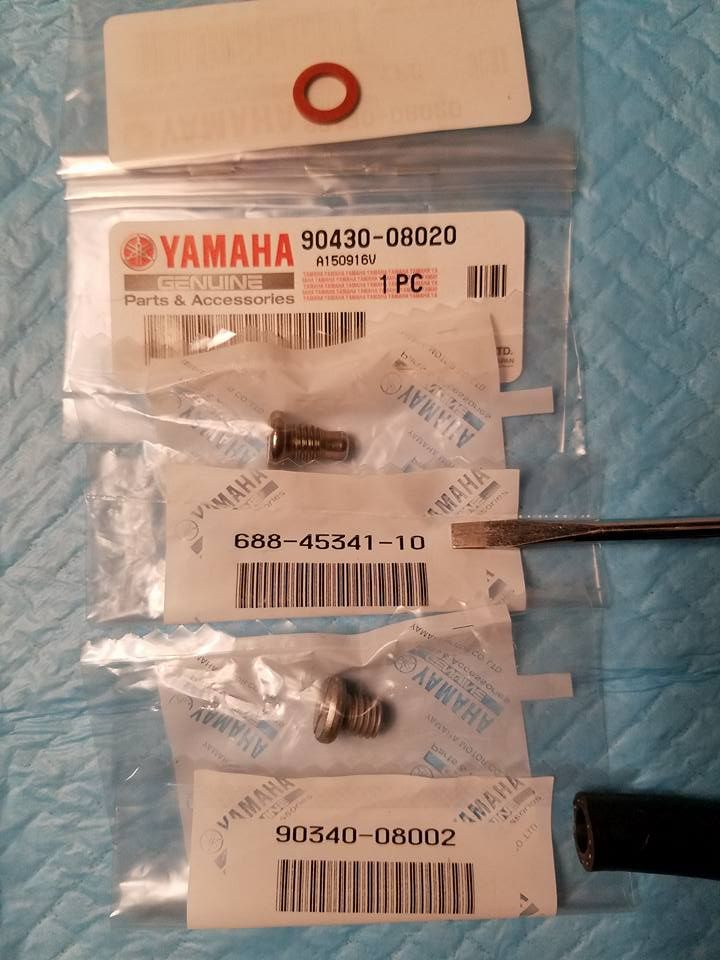Originally posted by zenoahphobic
View Post
With that being said, I wonder if the screw and/or the threads in the l/u has been cross-threaded and now the machined surface of the l/u and the sealing surface of the screw are no longer perfectly parallel?
The sealing surfaces are the lower unit machined area around the drain plug and the underside of the drain plug itself (the flange with the fiber gasket being the "seal")., not the threads.
If the plug is no longer parallel with the sealing surface on the l/u, the gasket will compress on one side and not the other, at least not equally. This could cause a leak even when torqued properly, or overtightened (imo).
Whaler82, can you measure the "new used gasket" thickness at several points and determine if it has been (or not been) compressed equally? Maybe you can visually see this? I don't know if the gasket will remain at the thickness while being tight once pressure is released by removing the drain plug though? Hopefully you have a caliper (or other means) to do so.
Maybe there is something in the threaded drain hole that is not allowing the plug to bottom out and seat completely . You could measure the gasket the thickness compared to a new gasket and see if it is being compressed. How about running a thread chaser or tap through the threads to be sure? I would remove the drain screw, run the tap, pull the fill screw to allow any particles to drain with the gear oil.
Sounds like a lot, but you are having a hard time to figure it out. This couldn't hurt!
The new gaskets I have are 1.6mm thick.
Here are some pics:



Comment